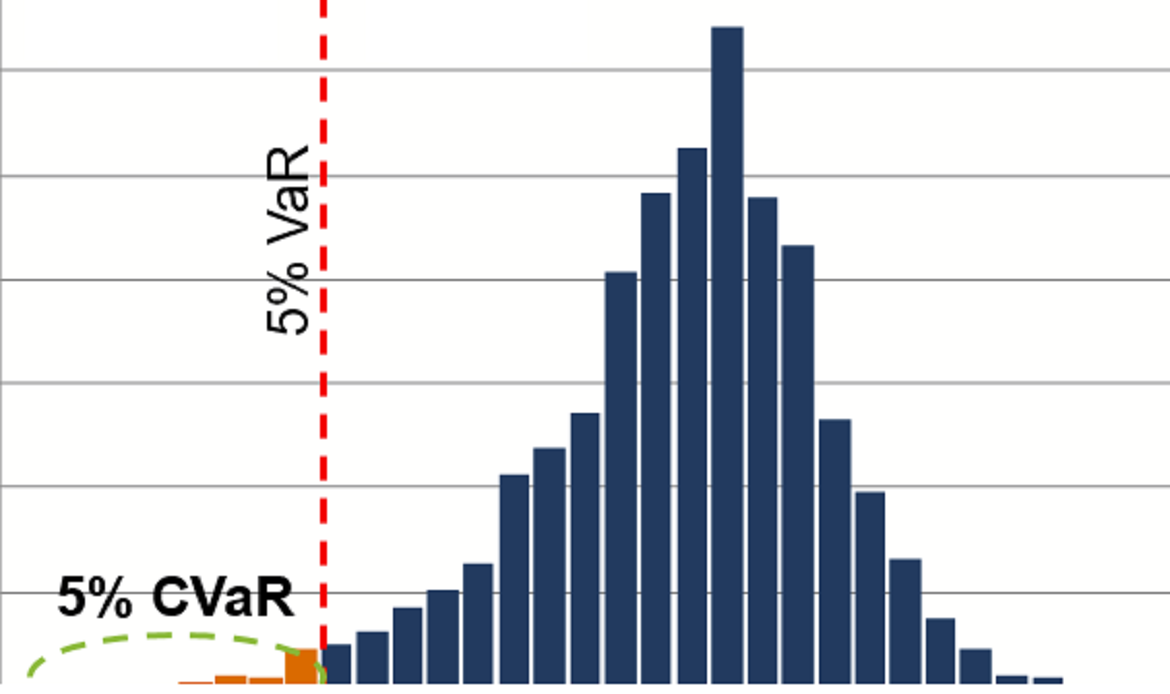In accounting, GL stands for general ledger; a bookkeeping ledger in which accounting figures (related to transactions and events) are recorded as derived from journals and aggregated from subledgers, such as cash management, accounts payable, accounts receivable, fixed assets, purchases, etc.
A general ledger represents the formal records of transactions and events that an entity is involved on or a party to, which include both records of debit and credit accounts. Under accounting conventions, both debt and credit accounts always match.
Types of transactions are categorized using general ledger accounts (GLs) in monetary terms. Examples of such general ledger accounts also include revenues, expenses and transfers.
A “chart of accounts” represents a complete systematic recording of every account in an accounting system.
General ledger (GL) is also known as an entity’s books or nominal ledger.




